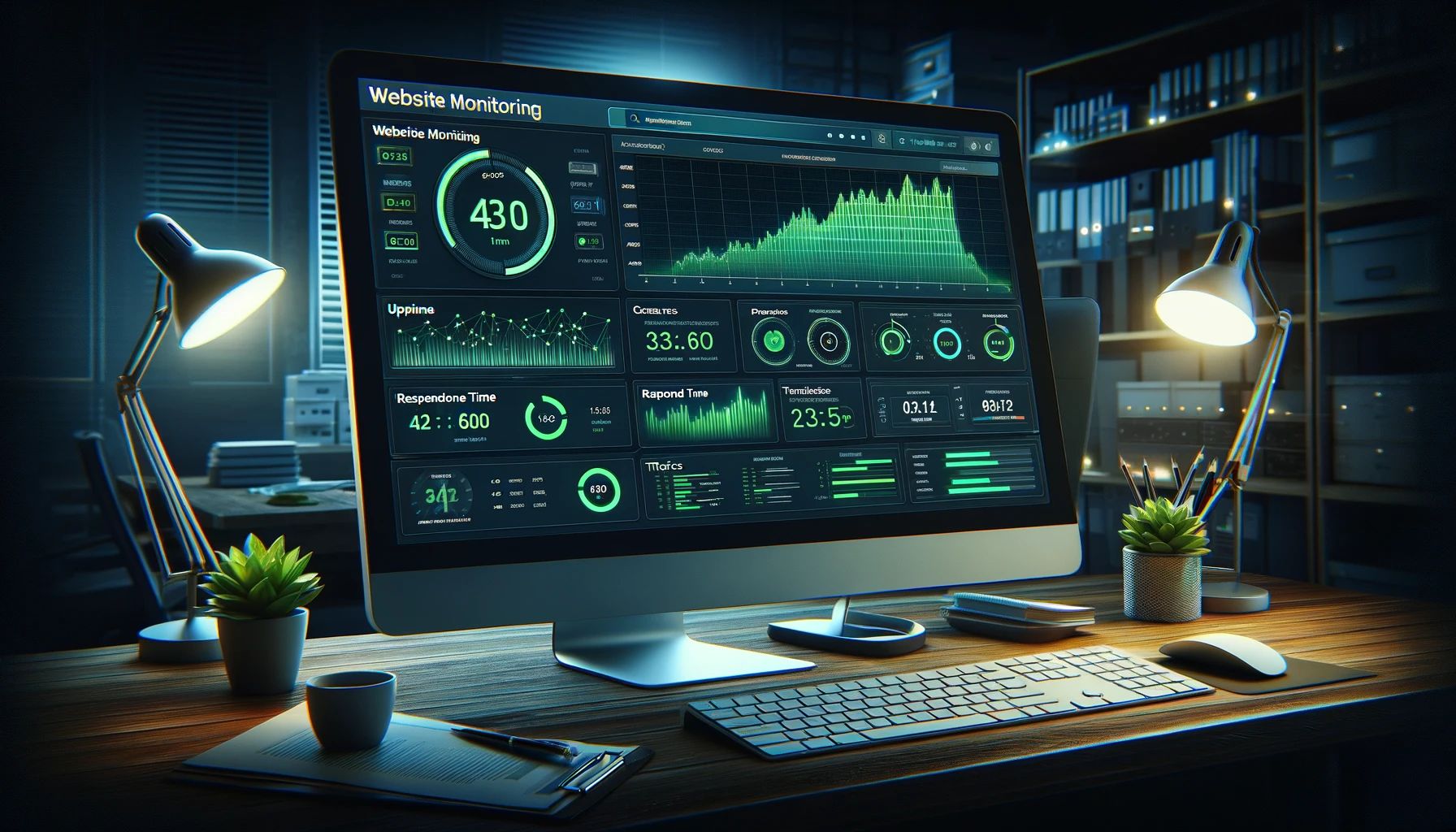
Monitoring and evaluation (M&E) are crucial for understanding the effectiveness of projects and programs. But what exactly do these terms mean? Monitoring involves the continuous assessment of a project’s progress, ensuring activities are on track. Evaluation, on the other hand, is a systematic process to determine a project's impact and effectiveness after its completion. Together, they help organizations make informed decisions, improve performance, and achieve desired outcomes. Whether you’re managing a community project or a large-scale initiative, mastering M&E can significantly enhance your results. Ready to dive into 40 fascinating facts about monitoring and evaluation? Let’s get started!
Key Takeaways:
- Monitoring is like a superhero for technology, helping to prevent problems and keep everything running smoothly. It's like having a crystal ball that shows us what's going on with our systems before anything goes wrong.
- Just like a detective, monitoring tools and techniques help us keep an eye on our technology, making sure everything is working well and staying safe from bad guys like hackers and cyber threats.
Understanding Monitoring
Monitoring is essential for keeping systems, networks, and applications running smoothly. It helps identify issues before they become major problems. Here are some fascinating facts about monitoring.
-
Monitoring can be proactive or reactive. Proactive monitoring aims to prevent issues, while reactive monitoring deals with problems after they occur.
-
Network monitoring involves tracking the performance of network components like routers, switches, and servers to ensure optimal performance.
-
Application monitoring focuses on the performance and availability of software applications, ensuring they run smoothly for users.
-
Server monitoring keeps an eye on server health, including CPU usage, memory consumption, and disk space.
-
Website monitoring checks the availability and performance of websites, ensuring they are accessible to users at all times.
Tools and Techniques
Various tools and techniques are used in monitoring to gather data and analyze performance. These tools help in maintaining system health and preventing downtime.
-
SNMP (Simple Network Management Protocol) is widely used for network monitoring, allowing devices to communicate performance data.
-
Ping is a basic network monitoring tool that checks the availability of devices by sending ICMP echo requests.
-
Syslog is a standard for message logging, used by network devices to send event messages to a logging server.
-
Nagios is an open-source monitoring tool that provides comprehensive monitoring of network services, host resources, and applications.
-
Zabbix is another open-source monitoring tool that offers real-time monitoring, alerting, and reporting.
Benefits of Monitoring
Monitoring provides numerous benefits, from improving performance to enhancing security. Here are some key advantages.
-
Early detection of issues allows for quick resolution, minimizing downtime and impact on users.
-
Performance optimization helps identify bottlenecks and areas for improvement, ensuring systems run efficiently.
-
Security monitoring detects suspicious activities and potential threats, helping to protect systems from attacks.
-
Compliance with industry standards and regulations is easier to achieve with proper monitoring in place.
-
Resource management becomes more efficient, as monitoring helps track usage and allocate resources effectively.
Types of Monitoring
Different types of monitoring focus on various aspects of systems and networks. Each type has its own unique purpose and benefits.
-
Infrastructure monitoring tracks the health and performance of physical and virtual infrastructure components.
-
Database monitoring ensures databases are running efficiently, with optimal performance and minimal downtime.
-
Cloud monitoring focuses on the performance and availability of cloud-based services and applications.
-
End-user experience monitoring measures the performance of applications from the user's perspective, ensuring a positive experience.
-
Log monitoring involves analyzing log files to identify patterns, errors, and potential issues.
Challenges in Monitoring
Despite its benefits, monitoring comes with its own set of challenges. Understanding these challenges can help in implementing effective monitoring strategies.
-
Data overload can occur when too much data is collected, making it difficult to analyze and identify important information.
-
False positives are alerts that indicate a problem when there isn't one, leading to unnecessary investigations.
-
Integration with existing systems and tools can be complex, requiring careful planning and execution.
-
Scalability is crucial, as monitoring solutions must be able to handle growth and increased demand.
-
Cost can be a concern, as some monitoring tools and services can be expensive to implement and maintain.
Future of Monitoring
The future of monitoring looks promising, with advancements in technology and new trends emerging. Here are some exciting developments to watch for.
-
Artificial intelligence (AI) and machine learning (ML) are being integrated into monitoring tools, enabling smarter and more efficient analysis.
-
Predictive analytics uses historical data to predict future performance and potential issues, allowing for proactive measures.
-
IoT (Internet of Things) monitoring is becoming increasingly important as more devices are connected to networks.
-
Edge computing is changing the way monitoring is done, with data being processed closer to the source.
-
Automation is playing a bigger role, with automated responses to issues reducing the need for manual intervention.
Best Practices in Monitoring
Implementing best practices in monitoring can help ensure its effectiveness and reliability. Here are some tips to consider.
-
Define clear objectives for what you want to achieve with monitoring, such as improving performance or enhancing security.
-
Choose the right tools that fit your specific needs and requirements, considering factors like scalability and cost.
-
Regularly review and update your monitoring strategy to keep up with changes in technology and business needs.
-
Set up alerts that are meaningful and actionable, avoiding unnecessary noise and false positives.
-
Train your team on how to use monitoring tools effectively and interpret the data they provide.
Real-World Examples
Monitoring is used in various industries and scenarios, providing valuable insights and improving operations. Here are some real-world examples.
-
Healthcare organizations use monitoring to track patient data, ensuring timely and accurate care.
-
Finance companies monitor transactions and systems to detect fraud and ensure regulatory compliance.
-
Manufacturing industries use monitoring to track equipment performance and prevent downtime.
-
Retail businesses monitor website performance and customer behavior to optimize the shopping experience.
-
Telecommunications companies use monitoring to ensure network reliability and quality of service.
Final Thoughts on Monitoring
Monitoring plays a crucial role in our daily lives. From keeping tabs on our health with fitness trackers to ensuring the safety of our homes through security systems, it’s everywhere. Businesses rely on monitoring to track performance, manage resources, and improve customer satisfaction. Environmental monitoring helps us understand climate change and protect natural resources. Even our digital activities are monitored to enhance user experience and security.
Understanding the importance of monitoring can help us make informed decisions. It’s not just about collecting data; it’s about using that data to make improvements. Whether it’s personal health, business efficiency, or environmental protection, monitoring provides the insights needed to drive progress.
So next time you check your smartwatch or review a report at work, remember the power of monitoring. It’s a tool that, when used wisely, can lead to better outcomes in many aspects of life.
Frequently Asked Questions
Was this page helpful?
Our commitment to delivering trustworthy and engaging content is at the heart of what we do. Each fact on our site is contributed by real users like you, bringing a wealth of diverse insights and information. To ensure the highest standards of accuracy and reliability, our dedicated editors meticulously review each submission. This process guarantees that the facts we share are not only fascinating but also credible. Trust in our commitment to quality and authenticity as you explore and learn with us.


